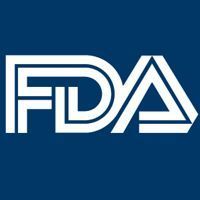Commentary
Video
Dr Ip on the Importance of NGS Testing in Hematologic Malignancies
Author(s):
Andrew Ip, MD, discusses findings from a study on the use of next-generation sequencing of flow cytometry CD markers and machine learning as a replacement to flow cytometry analysis for the diagnosis of hematologic neoplasms.
Andrew Ip, MD, medical oncologist, John Theurer Cancer Center, Hackensack University Medical Center, discusses findings from a study on the use of next-generation sequencing (NGS) of flow cytometry CD markers and machine learning as a replacement to flow cytometry analysis for the diagnosis of hematologic neoplasms.
The focus of this study extended beyond the utilization of NGS CD1300 RNA and NGS CD300 DNA mutations, Ip begins. Collaboratively, investigators incorporated more conventional flow cytometry CD markers, a traditional method for detecting hematologic neoplasms, into the testing approach, he states. This involved the use of 30 CD markers in combination with the NGS platform from the genomics testing cooperative, Ip elucidates. The synergy of these 2 testing modalities significantly enhanced the power, sensitivity, specificity, and accuracy of the overall diagnostic process, he explains.
At the 2023 ASH Annual Meeting, Ip and other investigators presented data on this investigative approach. Ip presented results from a substantial dataset that necessitate the application of machine learning techniques and big data analyses in the diagnosis of hematologic malignancies. The primary outcome reported was the area under the curve (AUC), a metric that elucidates the true positive rate vs the false positive rate, Ip explains.
The true positive rate reflects the reliability of a positive test result, gauging the likelihood of it being a genuine positive or a potential false positive, Ip continues. In this study, across various hematologic conditions, such as acute myeloid leukemia, multiple myeloma, myelodysplastic syndromes, myeloproliferative neoplasms, and lymphomas, the AUC consistently exceeded 90%, he elucidates. In some instances, the AUC approached 98%, Ip notes. These findings indicate that a positive test result with a 90% confidence level corresponds with only a 2% chance of false positivity, he states. Such a high true positive rate signifies that the combination of NGS quantification and machine learning techniques denotes a potent screening modality, Ip concludes.









